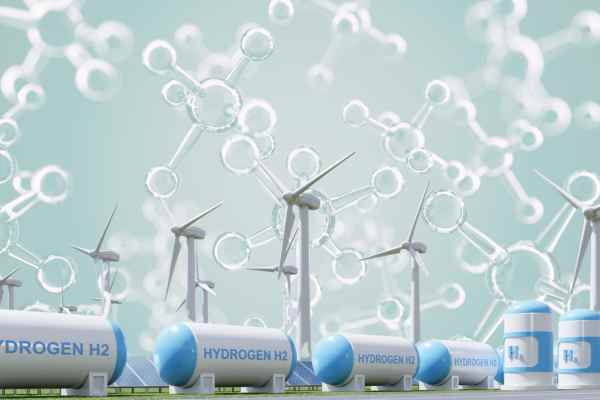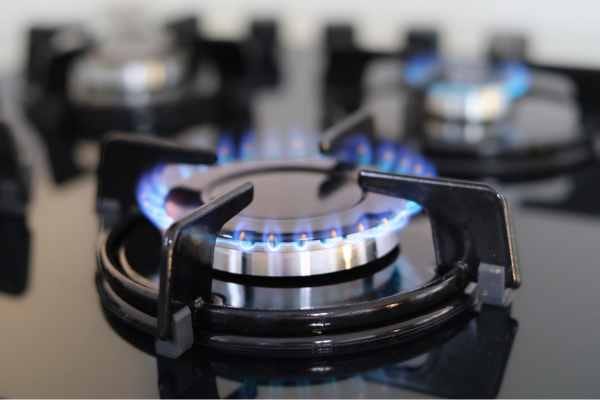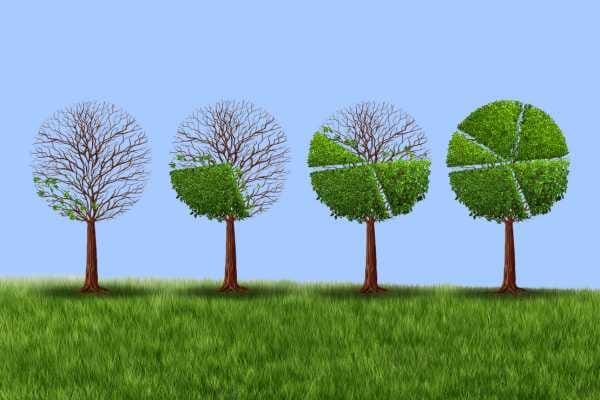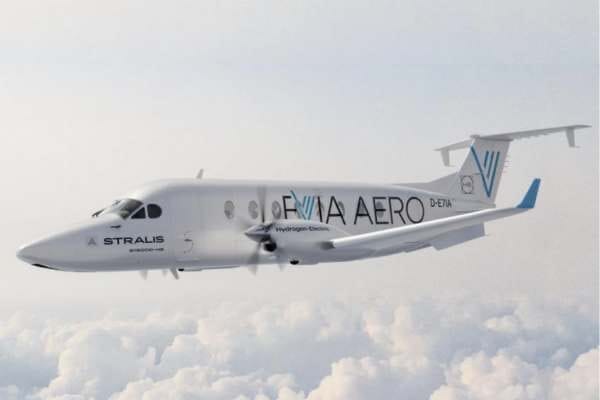Green hydrogen made at giga-scale
Can this new electrolyser raise the game for decarbonisation of heavy industries?

It’s been pitched as a fuel for a greener future, but hydrogen’s low-carbon credentials rest on technology still in its infancy.
Enter Australia’s Hysata, the creator of a capillary-fed alkaline electrolyser that requires less energy to convert water to hydrogen than current systems.
Green hydrogen has been earmarked by the International Energy Agency as an important transitional fuel for heavy industries such as transportation, manufacturing and power generation. This is because it emits only water vapour from combustion compared with traditional fuels that emit carbon.
And the creation of more efficient conversion technologies means it could also play an important role in the storage of renewable energy to help balance out the electricity grid.
But is it green?
Hydrogen, however, can only classified as green if generated from renewable energy sources like wind and solar.
This has plunged electrolyser technologies that can convert water into green hydrogen into the spotlight. But with many of these systems still in their infancy, inefficient conversion rates and high running costs are stifling progress.
Hysata says its compact, modular alkaline electrolyser has been developed to break through these hurdles and produce green hydrogen more efficiently (and cheaply) – and on a larger scale.
"Our mission at Hysata is to accelerate the deep decarbonisation of hard-to-abate sectors such as steel, chemical manufacture, and heavy transport, by delivering the world’s most efficient, simple, and reliable electrolysers."
Last year the startup opened an 8,000 sqm electrolyser manufacturing facility in Wollongong to pave the way for commercialising its technology. To this end it has recently closed a large Series B funding, raising $US111m – the largest in Australia’s cleantech history.
Hysata says it will use the funding to expand production capacity at its new facility and continue refining the technology in line with its goal to achieve gigawatt-scale manufacturing.
“Our mission at Hysata is to accelerate the deep decarbonisation of hard-to-abate sectors such as steel, chemical manufacture, and heavy transport, by delivering the world’s most efficient, simple, and reliable electrolysers,” Hysata CEO Paul Barrett said.
“Hysata’s technology is a breakthrough innovation because of its high efficiency and low installed costs. We look forward to working with our shareholders, customers and partners as we continue our scale up journey.”
Reaching for net-zero
The International Renewable Energy Agency (IRENA) says green hydrogen and its derivatives “are key to achieving net-zero emissions by mid-century” by delivering 12% of emissions abatements and 14% of final energy consumption necessary to meet its 1.5°C scenario by 2050.
IRENA says this will require a build-up of electrolyser capacity from negligible numbers today to 5 722 GW by 2050.
Hysata says its electrolysers could achieve energy efficiency well above IRENA's targets when scaled by addressing the key challenges in the green hydrogen market.
With the cost of electricity the most expensive aspect of producing green hydrogen, energy efficiency has emerged as a critical function of electrolyser technology. Hysata says it applied both science and engineering to these problems, developing an ultra-low resistance separator and bubble-free operation that work together to collapse the resistance of the electrolyser cell. This has boosted efficiency to a 95% level, bringing down its Levelised Cost of Hydrogen (LCOH). The company aims to further improve the economics of green hydrogen by supplying a simpler, cheaper and more modular electrolyser unit to customers.





